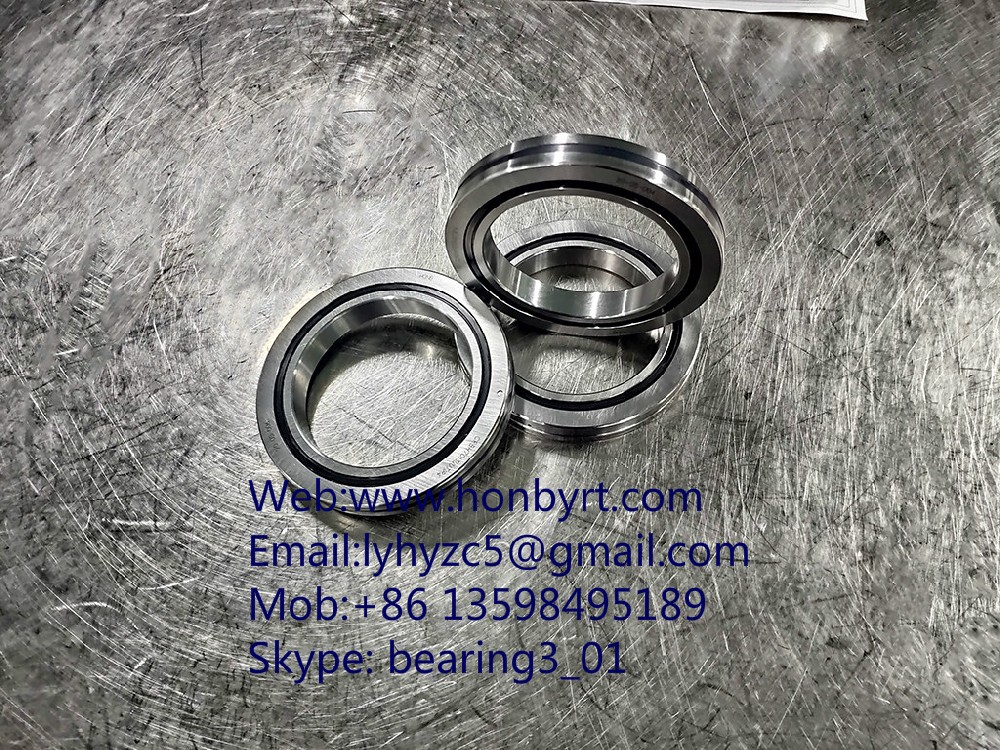1.
Selection of bearing model: The bearing model is generally selected by the user's technical personnel based on the use conditions and load bearing of the supporting products. Business personnel mainly understand whether the actual load of the user is consistent with the selected bearing. If the bearing does not meet the usage requirements, the customer should be advised to change the model as soon as possible. However, unless there is a special product, there will generally be no problem in selecting the model.
2
Selection of bearing clearance: When purchasing a bearing, users generally only tell what model and grade it is, and rarely make requirements for the bearing's clearance. Business personnel must ask clearly about the bearing's usage conditions, including the bearing's speed, temperature, and coordination. Tolerances are directly related to the selection of bearing clearance. Generally, motors with speeds below 3500 rpm mostly use CM clearance. For example, high-temperature and high-speed motors require relatively large clearance. After assembly, the bearing clearance will be reduced due to the enlargement of the inner hole and the shrinkage of the outer circle. The reduction in clearance = interference × 60% (except for the bearing chamber made of aluminum). For example, the clearance before assembly of the bearing is 0.01mm, and the interference during assembly is 0.01mm, then the clearance after assembly of the bearing is 0.004mm. In theory, the noise and service life of the bearing reach the optimal state when there is zero clearance. However, in actual operation, considering temperature rise and other issues, it is better for the bearing to have a clearance of 0.002mm-0.004mm after assembly.
3
Selection of grease: The selection of grease is generally based on the bearing's speed, temperature resistance, noise requirements and starting torque. It requires business personnel to have a good understanding of the performance of various greases.
Selection of bearing seal type: Bearing lubrication can be divided into oil lubrication and grease lubrication. Oil-lubricated bearings generally use form bearings, while grease-lubricated bearings generally use dust caps or rubber seals for sealing. The dust cover is suitable for parts with high temperature or good use environment. The seals are divided into contact seals and non-contact seals. The contact seals have good dustproof performance but large starting torque. The non-contact seals have small starting torque but good sealing performance. Not as good as contact.


